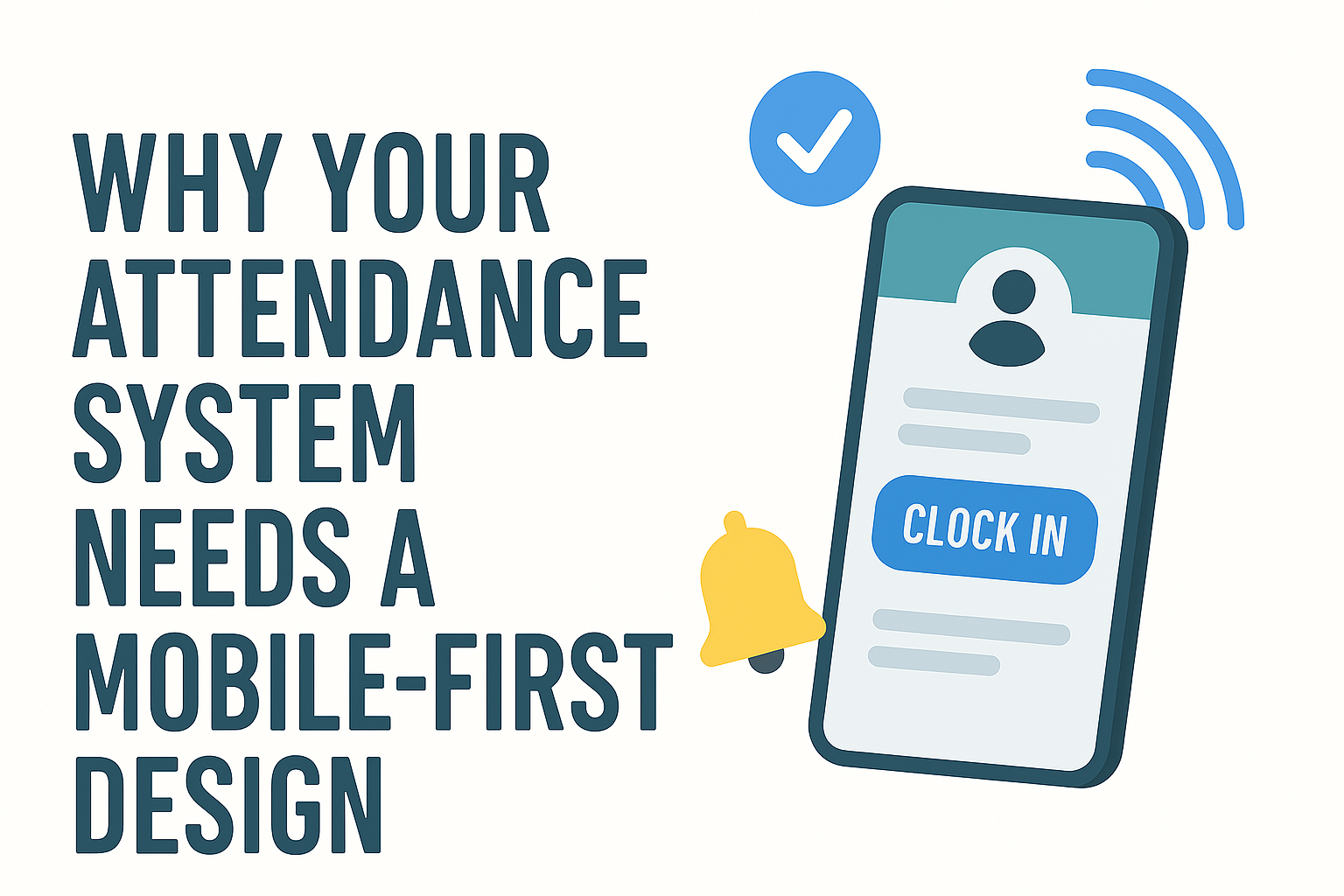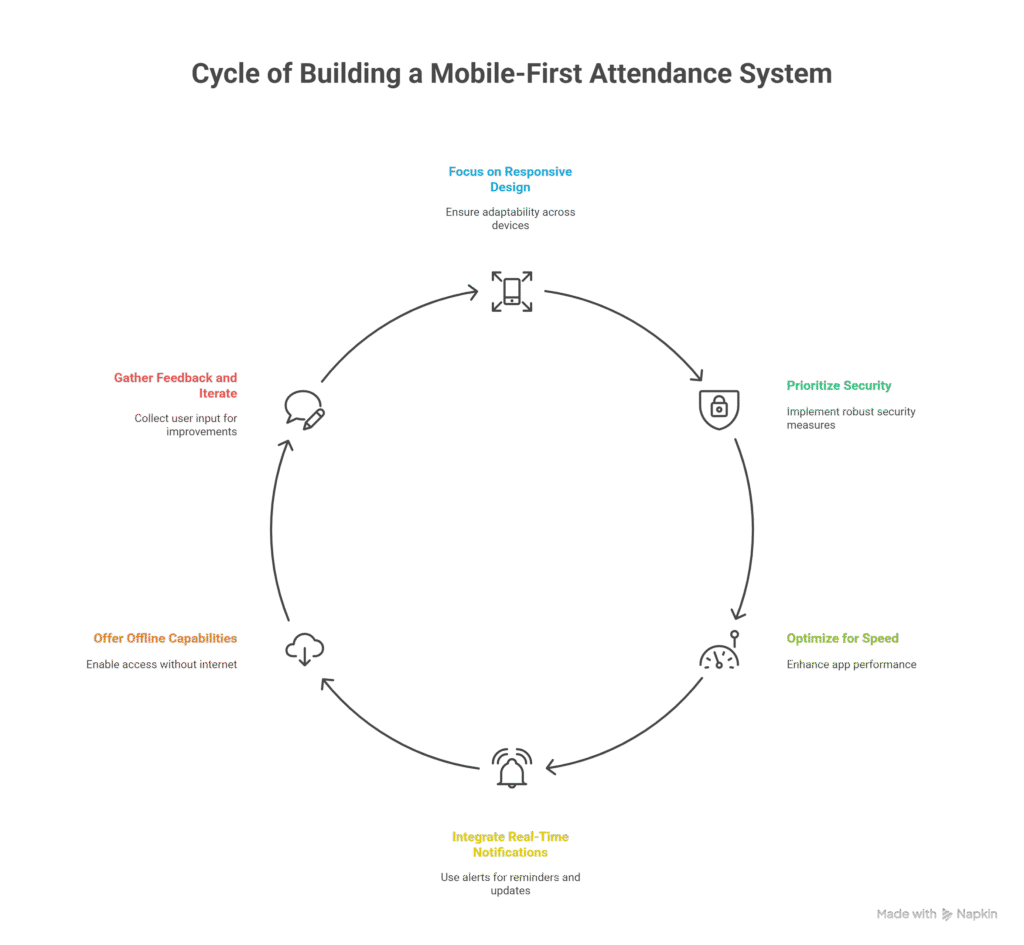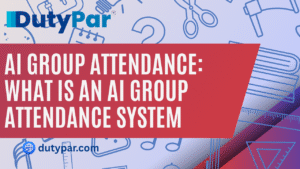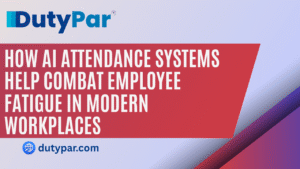
In today’s digital world, an effective AI Attendance System is crucial for any organization. With the widespread use of smartphones, it is time to rethink how attendance systems work. In this article, we explore why your attendance system needs a mobile-first design. We outline the benefits, challenges, and best practices of a mobile-friendly attendance system.
Introduction
Modern organizations rely on precise attendance records to manage their employees. Sadly, many current attendance systems are tethered to desktop devices or physical platforms, which slows down attendance systems. A mobile-first design flips attendance on its head by taking advantage of the power of mobile & tablets. This Attendance system provides convenience, improves accuracy, is highly engaging to users, and saves time. It encompasses designs developed for mobile platforms first, and subsequently scales them for the other platforms. When attendance systems are designed from a mobile-first approach, employees can check in, track hours and receive notifications, on their mobile device. Ultimately this design approach accomplishes the goal of accommodating a modern and fluid workforce.
Why Your Attendance System Needs a Mobile-First Design
1. Accessibility and Convenience
A mobile-first attendance solution provides employees with ease of marking their attendance anytime, anywhere. Since most people have a smartphone, employees want to be flexible and not necessarily chained to a desk or a fixed work terminal. Employees can now access the system wherever they are. Mobile access can help ensure the attendance record is retained and updated in real-time, and the greater access and flexibility will minimize some of the delays that are typical of traditional setups.
2. Improved User Experience

Mobile-first design creates a user interface that feels clean, intuitive, and inviting. A simple, well-designed mobile app will lead to an easy experience from logging in to tracking attendance. Because employees can navigate the system with ease, they will decrease errors and frustration. Another important feature is the ability to push notifications that remind employees to check in and improve participation rates. A mobile-friendly design will allow all users to navigate within the app regardless of their comfort with technology.
3. Time Efficiency
Timeliness is pivotal when managing attendance. Mobile-first means that your employees spend less time logging in and processing attendance input each time. Speed, especially when in real time – when there is a discrepancy, a manager can rectify it promptly. Whether mobile-first is a workplace requirement or not, reducing the cumbersome nature of an attendance policy helps organizations become more efficient and saves administrative time within HR. when attendance is processed now and on mobile, your entire operation is more efficient.
4. Enhanced Data Accuracy
Can Read This Article : Read More
Many mobile devices now have biometric features like facial recognition or fingerprint scanning. This will provide additional verification on possible abuse of attendance management systems as the possibility is that no-show check-ins could exist. Accuracy is important for payroll, attendance, tardy reports, performance reviews, etc. A mobile-first approach allows for capturing real and valid data and secured authentication. Secured authentication provides real-to-life records leading to trusted information and trust in the process as a whole.
5. Cost-Effective and Scalable
Conventional attendance systems frequently involve the costs of hardware and associated maintenance. A mobile-first system utilizes the smart devices that employees already use. By using these tools, the costs are reduced and overall costs are decreased. Furthermore, mobile-first systems are straightforwardly scalable. As your organization grows, it is easy to add more users or features as costing less than the expense of a physical attendance terminal.
6. Real-Time Reporting and Analytics
A mobile-first attendance system presents real-time data but also has a powerful, flexible dashboard that managers and human resource (HR) team members could use to identify the current attendance regulations, late clock-ins, or trends in absenteeism. Again, having the data in real time means managers can make decisions based on data-driven indicators easily and quickly. If a department shows a trend of lateness, a manager has the opportunity to intervene quickly with proactive measures. Timely and evidence-based insights improve overall workforce management.
Traditional Attendance Systems and Mobile-First Designs
The following table shows a side-by-side comparison of traditional attendance systems versus mobile-first attendance systems:
| Feature | Traditional Attendance Systems | Mobile-First Attendance Systems |
|---|---|---|
| Accessibility | Requires fixed terminals or desktops | Accessible anytime, anywhere via smartphones and tablets |
| User Interface | Often outdated and complex | Simple, intuitive, and engaging design |
| Time Efficiency | Slower due to manual entry and delays | Real-time updates with minimal processing time |
| Data Accuracy | Prone to errors and proxies | Enhanced through biometric verification and instant updates |
| Cost and Scalability | High initial and maintenance costs | Lower cost; leverages existing mobile devices |
| Reporting and Analytics | Manual reporting with delays | Real-time analytics and dashboards for quick decision-making |
This table clearly illustrates that mobile-first attendance systems offer significant advantages in accessibility, efficiency, accuracy, and cost-effectiveness compared to traditional methods.
Best Practices for Building a Mobile-First Attendance System
To create an attendance system that is both effective and user-friendly, consider these best practices:
Focus on Responsive Design
Make your design responsive for different screen sizes. A responsive design is one that adapts automatically when on large tablets, smartphones, and desktops. Use big buttons, sensational fonts and straightforward navigation that makes sense for small screens.
Prioritize Security

Integrate robust security features to protect sensitive attendance data. Use biometric authentication, secure logins, and encrypted data storage. Privacy should be a top priority to build trust with employees.
Optimize for Speed
Make the app light and fast. Be sure to optimize the algorithms, and allow the check-in to take a few seconds. Keep load time quick and lag off. A faster app creates an overall better user experience.
Integrate Real-Time Notifications
Incorporate push notifications to remind employees to mark their attendance. Real-time alerts can also inform managers of any irregularities. This feature helps maintain a high level of participation and accountability.
Offer Offline Capabilities
Employees in areas with unstable internet can benefit from offline access. Allow the app to store data locally and sync when a connection is available. This feature ensures that attendance records are not lost.
Gather Feedback and Iterate
Collect user feedback regularly. Use surveys or in-app reviews to understand the user experience. Continuous improvement based on feedback will ensure the system remains effective and user-centric.
Real-World Success Stories
Many organizations have already embraced mobile-first attendance systems. Here are a couple of examples:
- A retail chain upgraded its attendance system to a mobile-first design. As a result, employee check-in times dropped by 40%, and data accuracy improved significantly. Managers reported faster decision-making and reduced paperwork.
- A manufacturing company implemented a mobile-first attendance app. By using biometric authentication, the company saw a 25% reduction in proxy check-ins. The system’s real-time data allowed for better shift planning and resource allocation.
These case studies show that a mobile-first approach not only streamlines operations but also boosts overall productivity and employee satisfaction.
Conclusion
The need for your attendance system to be mobile-first is clear. As mobile devices become the main method of daily communication, making a mobile-first attendance system is a great investment. It provides better accessibility, better user experience, and real-time data which we believe are the building blocks of workforce management in this new time.





